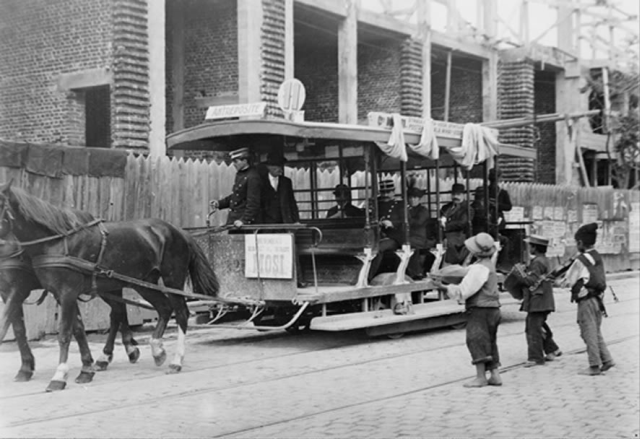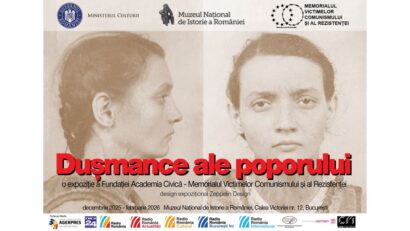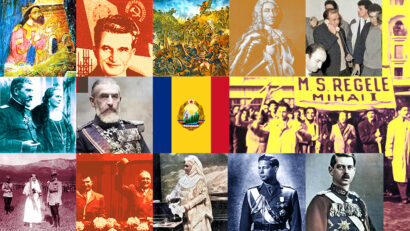Early Public Transportation in Romania
A look at how public transport was gradually introduced in Romania

Steliu Lambru, 13.10.2014, 13:13
In the first half of the 19th century, Bucharest was a city undergoing head-on modernization. The drive of the elites to build a country and a nation mobilized a heterogeneous mass of people of very different social status, in a huge effort that ultimately meant building a mass of citizens. The Western-educated elites quickly realized that some of the things that were sorely needed were urban civilization, economic development and modern political thinking. To this end, Romanian cities had to be turned from Oriental, semi-urban types of dwelling into dynamic and functional Western-like places.
Bucharest was the foremost location of most modernizing experiments. The most profound change was its reshaping along the lines of modern urban planning, opening up boulevards, drawing up streets and regulating traffic. The city’s modernization brought long a concept that was utterly unknown until then — public transportation. Around mid-19th century, a growing economy and urban infrastructure made public transport a necessity. William Wilkinson, British consul in the principality of Wallachia early in the 19th century, wrote about this issue
‘There are no coaches to rent, so that travelers have to walk places. As for transportation outside cities, Wallachia does very well, the postal system and travel between cities is easy.’ That did not mean that Bucharest was very much behind, however, considering that the first horse-drawn buses appeared in the West in 1820 or thereabouts.
Architect Adrian Craciunescu, professor at the Bucharest School of Architecture and Urban Planning, told us about early public transportation in Bucharest:
“Public transportation in Bucharest started from an early type of coaches and carriages. At first, only high-ranking individuals could afford private transportation. We had a mixture of coaches, horse-drawn buses, later on tramways and even automobiles, the very picture of Paris in 1900. The beginning of horse-drawn buses in Bucharest is unclear. They were regulated similarly with public transportation by coach, which was introduced patterned on the system in Brussels. Among its regulations, we find under article 31 that it was on obligation for drivers to ride around the streets with the empty coach to show that it was available to the public. The essence of this type of transportation, equivalent to today’s taxis, was that people who owned coaches had to observe a specific contract and stand at fixed points, set by the city, where they waited for customers. It was forbidden to ‘hook’ clients on the move, as is done nowadays.”
The traffic boom in Bucharest led to the introduction of regulations, and several updates were operated, in 1845, 1847, 1850, and 1851. Adrian Craciunescu spoke to us about the traffic regulations, which back then were very strict, as they attempted to turn Bucharest into a modern city.
“The police code was very much concerned with regulating traffic. I quote: ‘Streets, with their sidewalks, have to be clear at all times for easing communication. It is entirely forbidden to leave there boxes, barrels, baskets of merchandise, flower tubs, stands, timber, bricks and anything else that hinders public circulation. Nothing should stick out of the line of facades and its environs. On the sidewalk, it is forbidden to run by cart or by horse, or to tie up horses outside of houses. Carriages of all types can only station in the street for dire necessity, and only for a short time, until that necessity is met. On no street is it permitted to have several carts or carriages running without leaving a gap at least a carriage and horses’ worth of length.’ Another aspect related to traffic was article 11, which referred to the transportation of ‘objects with a strong smell, gross or with an ugly appearance, such as ash, hides, and cuts of beef.’ There was an obligation for these carriages to have a cover of canvas. Carts carrying manure had to have their beds well sealed, shaped like a box so that manure would not drop over the sides in the street.”
Starting in the 1850s, Bucharest public transport started keeping pace with European norms. The horse-drawn bus was followed by a horse-drawn tramway, then by an electric driven tramway. Economic developments, labor mobility and the redefining of public life due to public transport and a new urban identity started an era of progress and a drive for change.






























